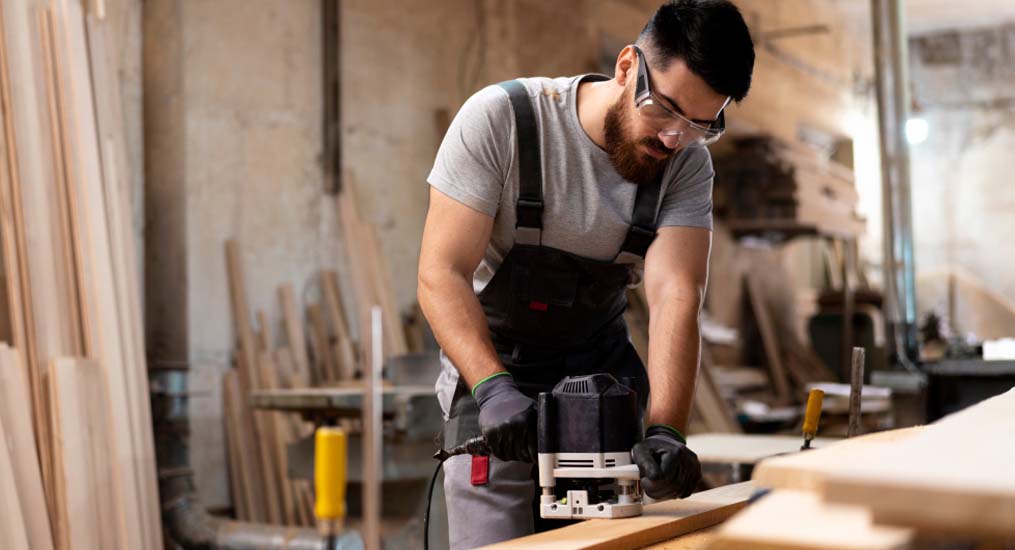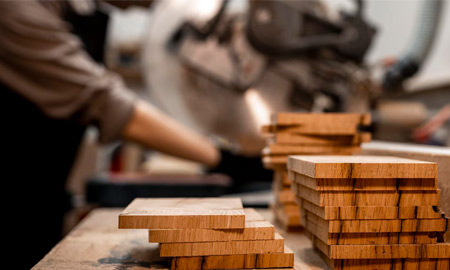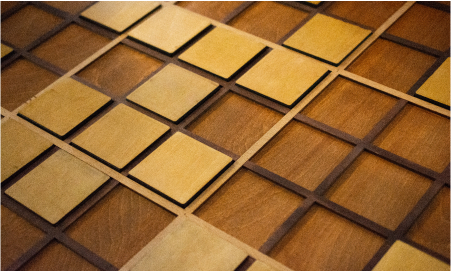
Advantages of Plywood in Interior Design
Among the myriad of materials available, plywood stands out as a versatile and practical choice that offers numerous advantages for designers and homeowners alike. From its affordability and durability to its aesthetic appeal and sustainability, plywood has emerged as a go-to option for elevating interior spaces. Let's delve into the advantages of plywood in interior design
Affordability
One of the primary advantages of plywood is its affordability. Compared to solid wood or other engineered wood products, plywood offers excellent value for money without compromising on quality. Its cost-effectiveness makes it an attractive option for budget-conscious interior design projects, allowing designers to achieve high-end looks without breaking the bank.
Durability and Strength
Plywood is renowned for its durability and strength, making it an ideal choice for interior applications that require robust materials. Its cross-grain construction, consisting of multiple layers of wood veneers bonded together with adhesive, provides exceptional stability and resistance to warping, cracking, and splitting. Whether used for flooring, cabinetry, shelving, or furniture, plywood withstands the rigors of daily use, ensuring long-lasting performance and longevity.
Versatility in Design
Another advantage of plywood is its versatility in design. Available in various grades, thicknesses, and finishes, plywood caters to a wide range of design preferences and aesthetic styles. Its smooth surface and uniform texture provide a blank canvas for creative expression, allowing designers to explore different techniques such as staining, painting, veneering, or laminating to achieve desired looks. Moreover, plywood's ability to be cut, shaped, and molded into custom configurations enables designers to create unique and innovative solutions tailored to specific project requirements.
Aesthetic Appeal
Plywood's natural wood grain, texture, and warmth lend a timeless elegance to interior spaces. Unlike other engineered wood products, plywood retains the authentic look and feel of solid wood, adding character and depth to any room. Whether used as exposed structural elements, wall cladding, or furniture, plywood creates a sense of warmth, sophistication, and authenticity that enhances the overall ambiance of a space.
Sustainability
In an era of increasing environmental awareness, plywood's sustainability credentials are a significant advantage. Sourced from responsibly managed forests or manufactured from recycled wood fibers, plywood is inherently eco-friendly and renewable. By promoting sustainable forestry practices, reducing waste, and minimizing environmental impact, plywood aligns with green building standards and contributes to environmentally conscious design practices.
Ease of Installation
Plywood's ease of installation is another advantage that simplifies the interior design process. Its lightweight construction and uniform dimensions make it easy to handle, cut, and install, reducing labor costs and installation time. Whether used for flooring, wall paneling, or built-in furniture, plywood offers a hassle-free solution that streamlines the construction process and ensures efficient project completion.
In conclusion, plywood offers a myriad of advantages that make it an indispensable material in interior design. From its affordability and durability to its versatility in design, aesthetic appeal, sustainability, and ease of installation, plywood ticks all the boxes for designers and homeowners seeking high-quality, cost-effective solutions for their interior spaces. As the demand for sustainable, stylish, and functional interiors continues to grow, plywood remains a top choice for bringing design visions to life and creating spaces that inspire, delight, and endure.



